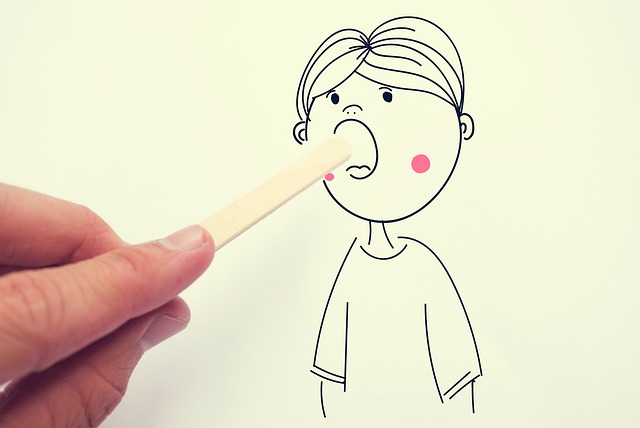Regular roof inspection services are essential for commercial property management, identifying potential issues early like cracked shingles, damaged flashings, and drainage problems. These inspections prevent costly repairs, extend roof lifespans, ensure structural integrity, and safeguard investments. By catching problems early, businesses save money, maintain safety, and avoid disruptive crises. Choosing a reputable roof inspection service with advanced technology ensures thorough assessments and proactive maintenance for commercial roofs of all types. Future advancements in drone technology and AI will further revolutionize roof inspections, enhancing efficiency and accuracy.
Commercial roofs are integral to any business’s success, protecting assets and creating a safe environment. Understanding proper maintenance is key to longevity and cost savings. This comprehensive guide explores essential aspects of commercial roof care. From identifying common issues to choosing the right experts, we provide insights on regular inspections, assessment techniques, and preventative programs. Discover best practices tailored to various roofing types and stay ahead with emerging inspection technology. Master these strategies for efficient, effective roof inspection services.
Understanding Commercial Roof Maintenance: The Basics
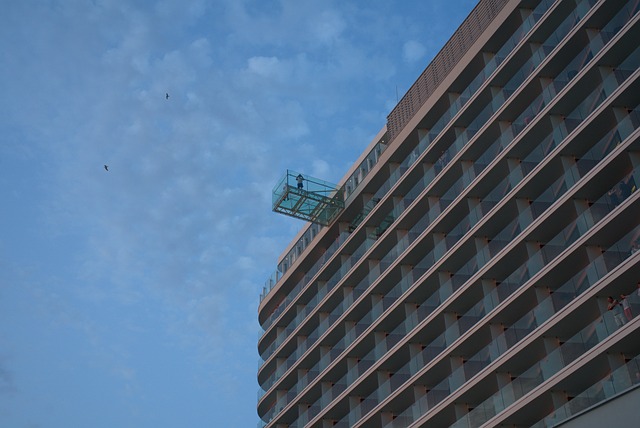
Commercial roof maintenance is an essential aspect of property management that often goes overlooked until damage becomes visible. Regular roof inspections are the cornerstone of proactive maintenance, enabling business owners and managers to identify potential issues early on. These inspections, conducted by professional roof inspection services, involve a thorough examination of the roofing system, from the underlayment to the drains and flashing.
During a typical commercial roof inspection, experts look for signs of aging, such as cracked or missing shingles, loose or damaged flashings, and water stains. They also assess the integrity of the drainage system, ensuring proper water flow away from the building to prevent leaks. By implementing routine inspections, businesses can avoid costly repairs, extend the lifespan of their roofs, and ensure the overall safety and protection of their premises.
The Importance of Regular Roof Inspection Services
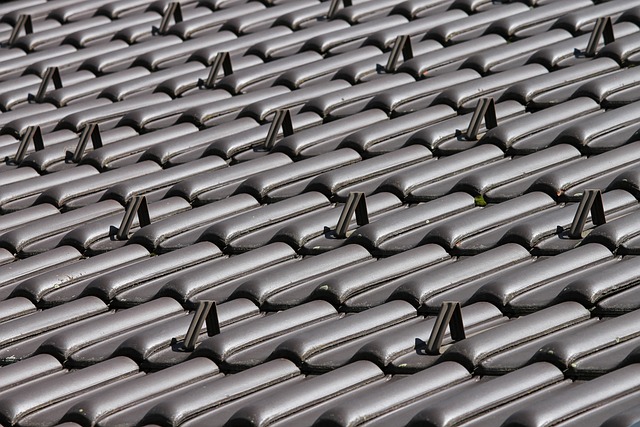
Regular roof inspections are an essential component of commercial property management. They serve as a proactive measure to identify and address potential issues before they escalate, saving businesses time and money in the long run. By scheduling periodic assessments, building owners can ensure their roofs remain in optimal condition, enhancing structural integrity and extending the lifespan of the entire roofing system.
These inspections provide valuable insights into the overall health of a commercial roof, allowing for the early detection of leaks, damaged shingles or underlayment, and signs of deterioration. Skilled inspectors employ advanced techniques and technology to scrutinize every aspect of the roof, from the exterior surface to the internal structure. Timely identification of these problems enables cost-effective repairs, preventing minor issues from turning into major crises that could disrupt business operations or even pose safety hazards.
Key Components of a Comprehensive Roof Assessment

A comprehensive roof assessment is an essential step in ensuring your commercial roofing system’s longevity and functionality. Skilled professionals employ a multi-faceted approach, examining various components to identify potential issues early on. During this process, they carefully inspect the overall structure, looking for signs of damage or wear that might go unnoticed by untrained eyes. This includes assessing the condition of roof coverings, flashings, drains, and vents—all critical elements in maintaining a secure and efficient building envelope.
The experts also pay close attention to structural integrity, checking for weak spots, loose components, or any signs of water intrusion. Regular roof inspection services play a pivotal role in catching problems before they escalate into costly repairs or even structural failures. By prioritizing this proactive approach, business owners can safeguard their investments and maintain the overall quality and safety of their facilities.
Identifying Common Commercial Roofing Issues
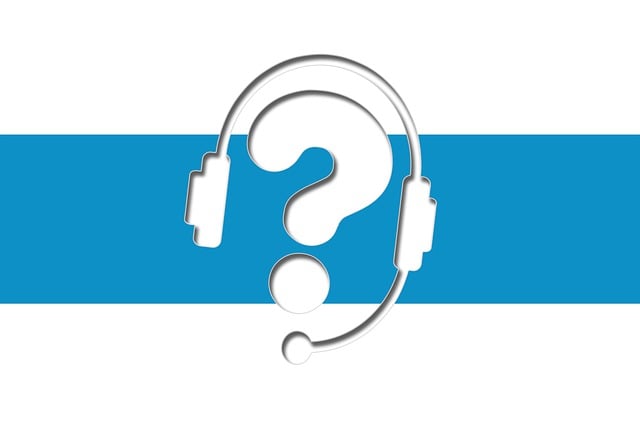
Commercial roofing, due to its extensive size and exposure to varying weather conditions, often faces unique challenges that can lead to significant issues if left unaddressed. Regular roof inspection services are crucial in identifying potential problems early on. Common commercial roofing issues include leaks, which can result from damaged or missing shingles, flashing, or deteriorated seals; structural damage caused by heavy winds, storms, or falling debris; and aging materials, such as weakened membranes or corroded metal components.
Another frequent concern is poor drainage systems, which can cause water to pool on the roof surface, leading to potential leaks and accelerated material degradation. Additionally, changes in temperature and UV exposure can contribute to the cracking of seals and membranes, further compromising the roof’s integrity. Timely inspections by professionals equipped with advanced diagnostic tools enable proactive maintenance, ensuring these issues are addressed before they escalate and cause more extensive—and costly—damage.
Benefits of Preventative Maintenance Programs

Implementing preventative maintenance programs for commercial roofs is a strategic move that offers numerous advantages. Regular roof inspection services play a pivotal role in identifying potential issues early on, long before they escalate into costly repairs or even catastrophic failures. By conducting routine assessments, professionals can detect subtle signs of damage, wear and tear, or moisture intrusion, allowing for prompt addressing and mitigation.
These programs ensure that commercial properties maintain optimal structural integrity, thereby enhancing safety and extending the lifespan of the roofing system. Preventative measures also prove to be more economical in the long run, as they can prevent major crises that may lead to business disruptions, costly emergency repairs, or even legal liabilities related to property damage.
Choosing the Right Roof Repair and Maintenance Team
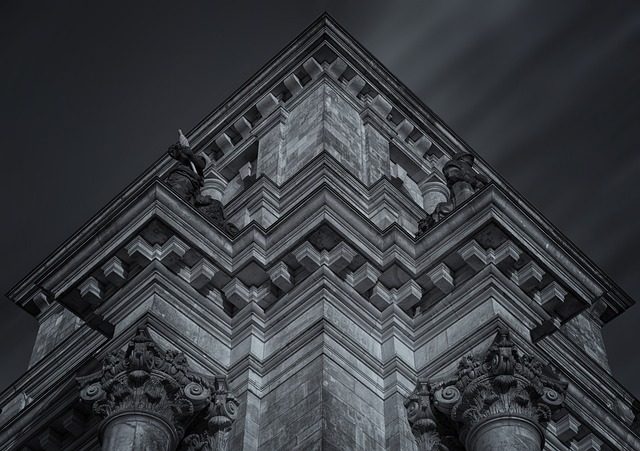
When it comes to safeguarding your commercial property, selecting the right roof repair and maintenance team is paramount. Look for a company that specialises in commercial roofs, as they’ll have the expertise and equipment to handle large-scale projects. Reputable firms offer comprehensive roof inspection services, identifying potential issues before they escalate. These inspections not only save costs but also ensure your building’s structural integrity.
Consider their experience, licensing, and insurance. Check online reviews to gauge customer satisfaction and past project outcomes. A reliable team should be transparent about pricing, providing detailed estimates for repairs and maintenance plans tailored to your roof’s unique needs.
Cost-Effective Solutions for Commercial Roof Care
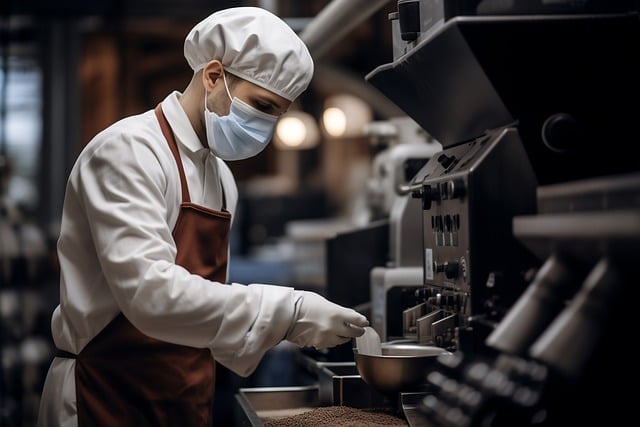
Maintaining a commercial roof doesn’t have to break the bank. Many cost-effective solutions exist for businesses looking to extend the lifespan of their roofing systems and prevent costly repairs. Regular roof inspection services are an essential first step. By scheduling routine inspections, professionals can identify minor issues early on, such as loose or damaged shingles, leaks, or signs of wear and tear. Catching these problems before they escalate saves money in the long run by preventing extensive repairs or premature roof replacement.
Additionally, choosing energy-efficient roofing materials and implementing proper ventilation systems can significantly reduce maintenance costs. Reflective coatings, for instance, can help reflect heat, thereby lowering cooling expenses. Adequate ventilation ensures even temperature distribution, reducing stress on the roofing system and extending its lifespan. These strategic approaches to commercial roof care demonstrate that prioritizing maintenance doesn’t necessarily equate to significant financial burdens.
Best Practices for Maintaining Different Types of Commercial Roofs
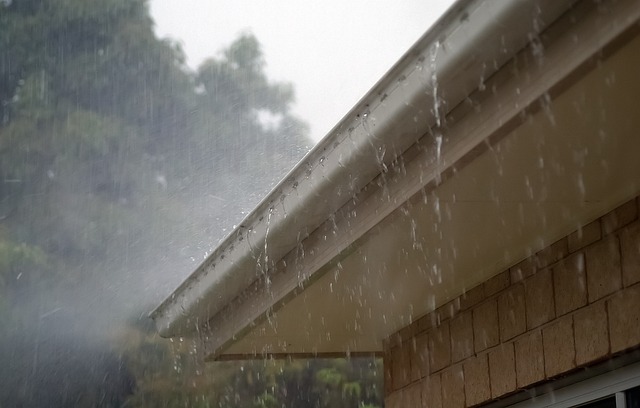
Maintaining a commercial roof goes beyond periodic cleaning and repairs; it involves tailored care for diverse roof types. Flat roofs, for instance, necessitate regular inspections to detect and prevent leaks, often using advanced scanning technologies. Conversely, sloped roofs demand a different approach, focusing on ensuring proper drainage through regular clearing of debris and inspection for damaged gutters.
Best practices include scheduling comprehensive roof inspection services annually, addressing issues promptly to avoid escalation, and employing certified professionals who understand the unique requirements of each roof system. Additionally, using high-quality materials during repairs and replacements ensures longevity, while staying informed about industry standards and advancements in roofing technology remains vital for optimal maintenance.
Future Trends in Commercial Roof Inspection Technology
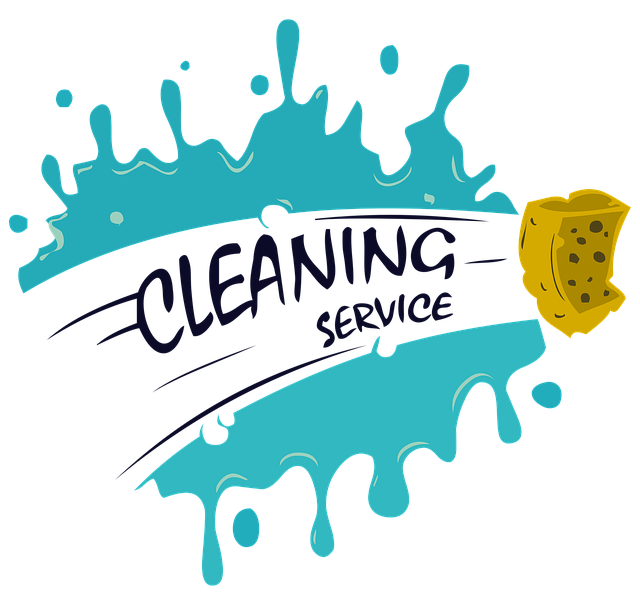
The future of commercial roof maintenance is set to be transformed by innovative technologies, particularly in the realm of roof inspection services. Drones equipped with high-resolution cameras and thermal imaging are poised to become indispensable tools for inspecting rooftops that are hard to access or vast in size. These drones can capture detailed aerial images, allowing professionals to identify issues like missing or damaged shingles, leaks, or structural weaknesses more efficiently than ever before.
Additionally, advancements in artificial intelligence (AI) and machine learning will play a significant role in roof inspection technology. AI algorithms can analyze drone-captured data to automatically detect patterns indicative of potential problems, reducing the time and effort required for manual assessments. This not only enhances accuracy but also enables proactive maintenance, as issues can be addressed before they escalate and cause costly repairs.
